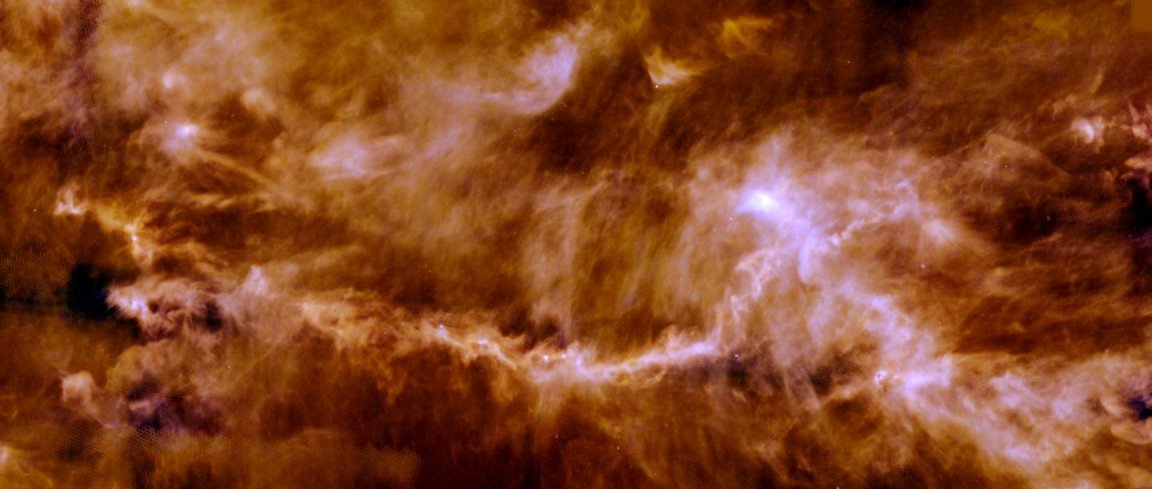
Treasure Planet
On Thursday, researchers announced that a survey in the star-forming region of the constellation Taurus showed evidence of forming planets in greater numbers than had been expected. The research, published in the Astrophysical Journal, suggests that “Super-Earths” and Neptune-sized planets could be forming around young stars more commonly than previously thought. The evidence also helps scientists to better understand how our own solar system formed.
Stellar Nursery
When hunting for forming planets researchers look for stars with a ring of gas and dust known as a protoplanetary disk. Over time the disk will coalesce into clumps as planets start to form, leaving gaps in the ring. Astronomers look for these ring gaps as indicators of forming planets and previously have focused on the brightest of these objects, in part because they are the easiest to observe.
It can be quite difficult to gaze into protoplanetary disks, where gas and dust obscure what can be observed. Most current exoplanet surveys focus on stars where disks have largely formed into planets already. By using the Atacama Large Millimeter Array, or ALMA, in Chile’s Atacama Desert, an international team focused their sights not only on stars which had disks and ring gaps, but on more than only the brightest of these objects. When the researchers imaged 32 stars surrounded by protoplanetary disks, they found that 40 percent had rings and gaps which would be best explained by the presence of forming planets.
Bold New World
“This is fascinating because it is the first time that exoplanet statistics, which suggest that super-Earths and Neptunes are the most common type of planets, coincide with observations of protoplanetary disks,” said the paper’s lead author, Feng Long, a doctoral student at Peking University in Bejing, China.
While protoplanetary disks with ring gaps had been previously observed in exoplanet surveys it was not previously established how common forming planets may be. By making adjustments to their observation equipment the team now hopes to determine even more about this important look at the early life of planets.
READ MORE: Unknown treasure trove of planets found hiding in dust [EurekaAlert]
More on other planets: These Lonely Planets Drift Through Space Without Orbiting Stars